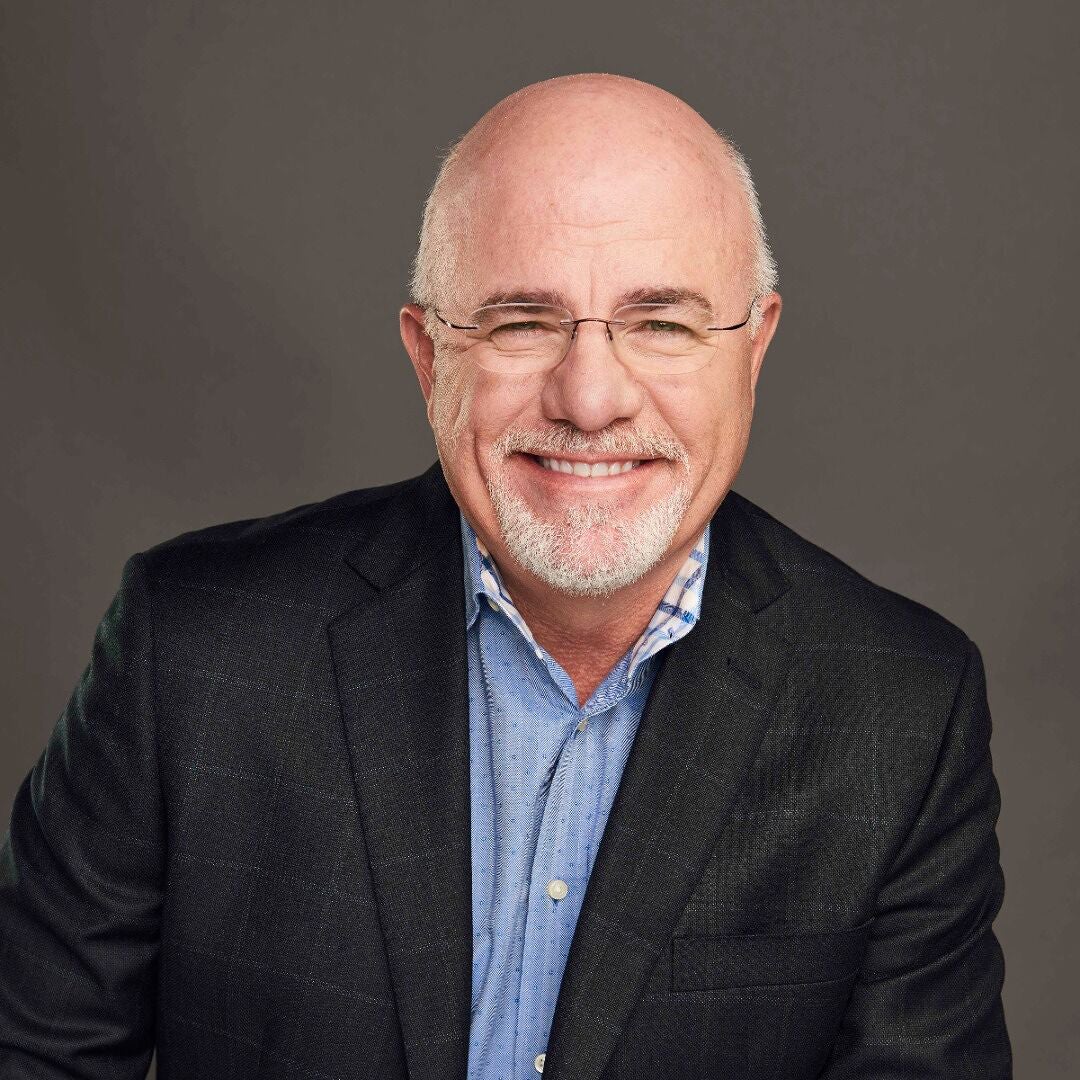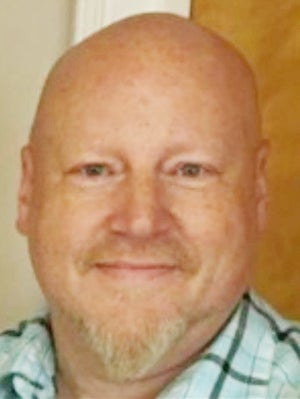Our View: Thirty seconds can make a huge difference
Published 9:39 am Tuesday, June 26, 2018
A local family is using their own experiences to spread awareness about the importance of early detection of scoliosis.
Kayla Watts shared the story of her 2-year-old daughter, Clara, with The Sun last week.
Clara was diagnosed with scoliosis as a baby and began treatment shortly after she turned one.
Since beginning treatment in August 2017, Clara has had five Mehta casts, which essentially train her spine to grow straight.
When she was diagnosed, Clara’s spine curvature was about 50 degrees. When she was tested again in May 2018, her curve had improved to 33 degrees.
The hope is Clara’s curve will be able to be corrected to near 10 degrees to avoid surgery when she is older.
Because Clara’s scoliosis was found when she was a baby, doctors have been able to see good results with the casting.
June is Scoliosis Awareness Month, and Kayla wants to see others learn from Clara’s experience.
She is spreading awareness about the need for early detection and the benefits.
According to the National Scoliosis Foundation, about 2 percent to 3 percent of the U.S. population, or about 7 million people, are affected by scoliosis.
Scoliosis impacts infants, adolescents and adults worldwide with little regard to race or socio-economic status, NSF reports. The primary age of onset for scoliosis is 10 to 15 years old, occurring equally among both genders. However, females are eight times more likely to progress to a curve magnitude that requires treatment.
Scoliosis can impact the quality of life with limited activity, pain, reduced respiratory function or diminished self-esteem.
There is no cure.
The vast majority of people with this condition are not expected to require treatment. The problem is doctors do not know who will get it, why they get it, which case will progress or how far they will progress.
Diagnosing scoliosis in its early sates ensures the most options for treating the curvature and slowing or stopping the progression. Children’s bones are not yet fully hardened, so non-surgical treatment like bracing may be used to prevent progressions of the curvatures.
Many students are given the Adam’s Forward Bend Test in school, usually in fifth or sixth grade. But some schools do not offer the screenings.
NSF advises asking a pediatrician to conduct the screening at annual physical exams.
The screening takes only 30 seconds.
If left untreated, scoliosis can worsen, causing chronic back pain and impacting heart and lung function.
During Scoliosis Awareness Month,
we encourage readers to take half a minute to check children and adolescents for signs of scoliosis, which include a hump or uneven appearance around the rib cage area, asymmetry of the spin, shoulder that are different heights or one hip that sticks out more prominently.
Ask your pediatrician to conduct the screening at your next visit.
For more about scoliosis signs, symptoms, detection or treatment, visit scoliosis.org.




